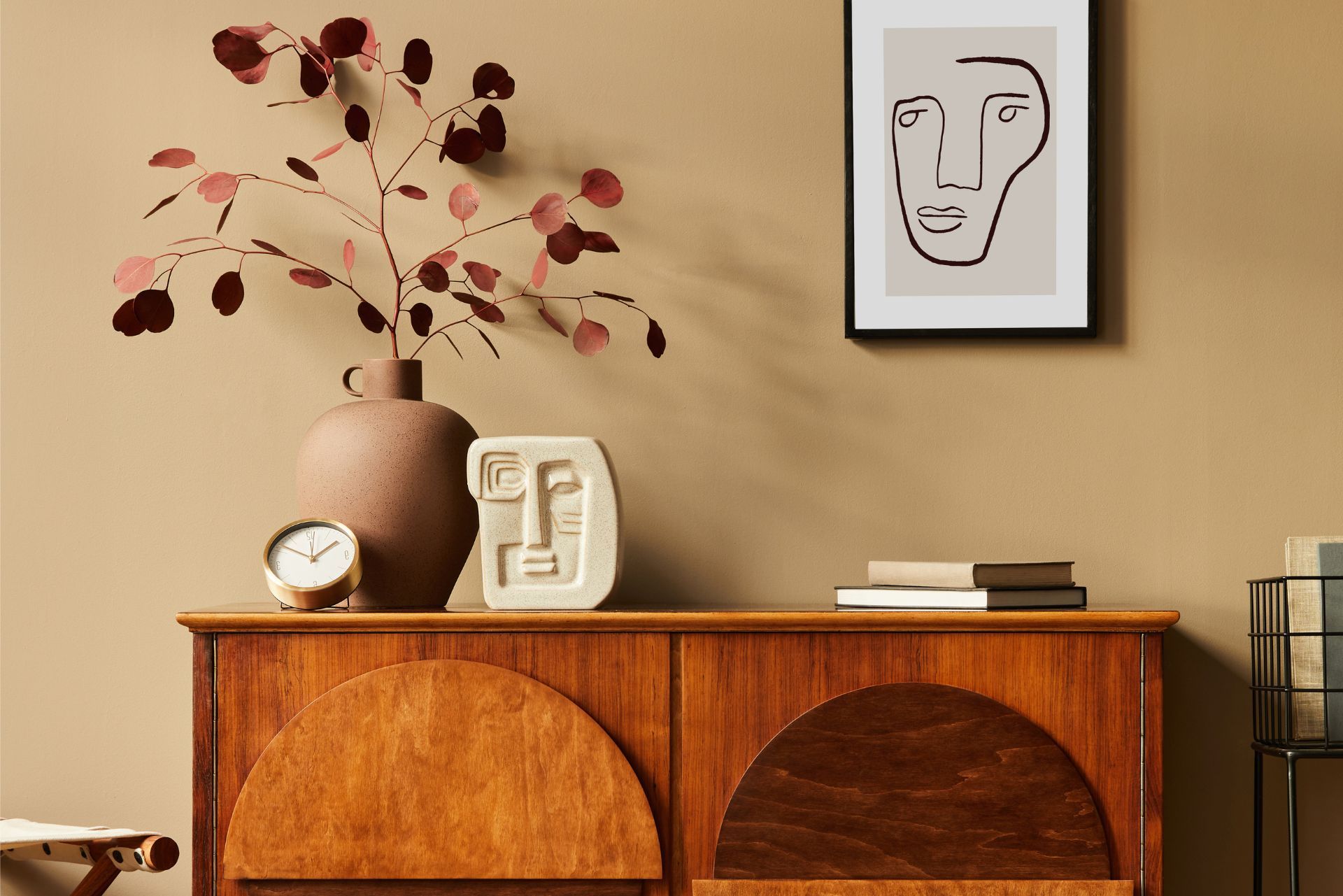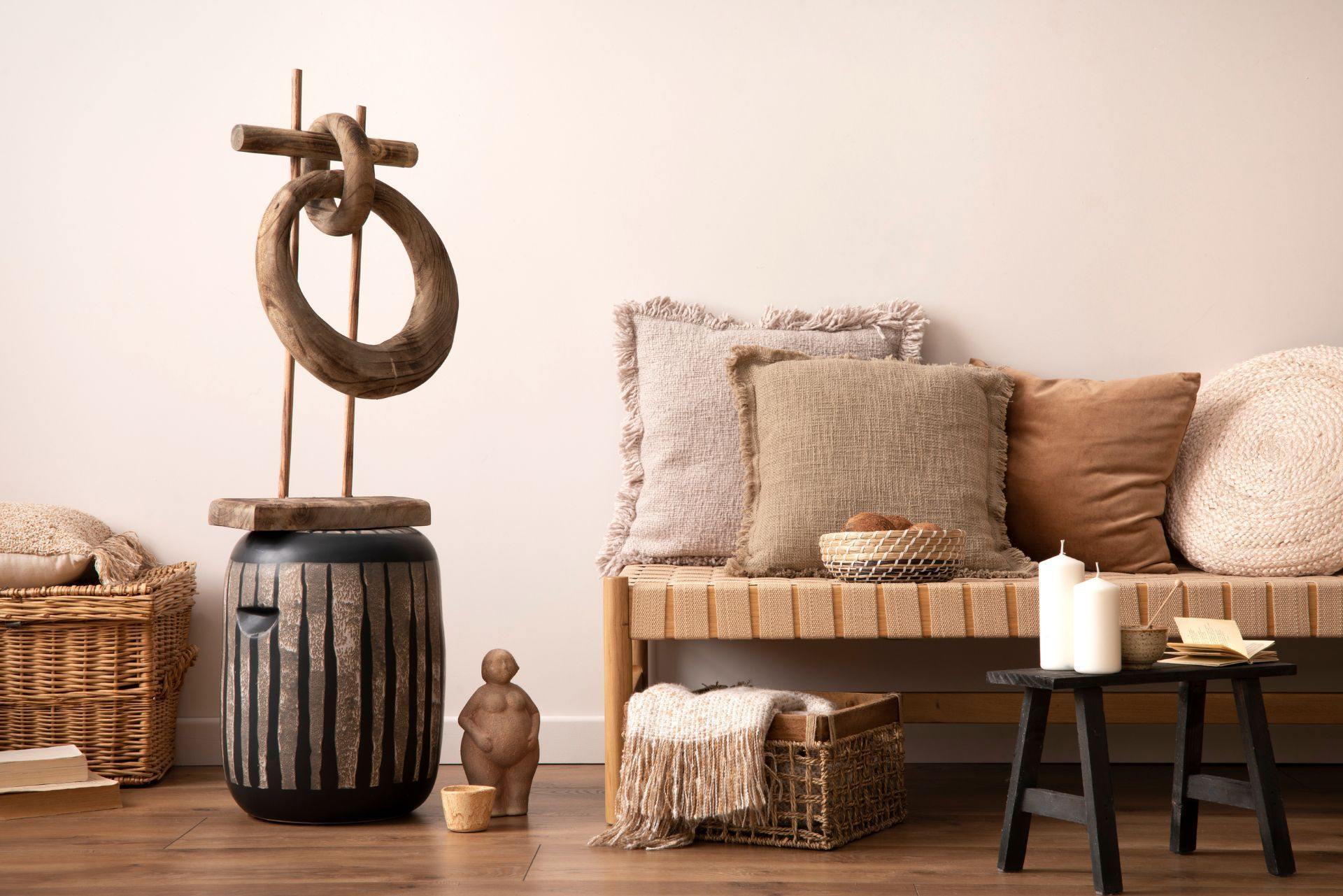Top 3 Recommended Policies

Home furnishings are an essential part of any home, providing comfort, style, and functionality. However, they can also represent a significant financial investment. In New York, homeowners and renters alike may benefit from home furnishings insurance, a specialized coverage designed to protect these valuable items. This article explores everything you need to know about home furnishings insurance in New York, including what it covers, how to choose the right policy, and tips for filing a claim.
Understanding Home Furnishings Insurance
Home furnishings insurance is a type of property insurance that specifically covers the contents of a home, including furniture, appliances, and decor. Unlike standard homeowners or renters insurance, which may provide limited coverage for personal property, home furnishings insurance offers more comprehensive protection tailored to the needs of homeowners and renters in New York.
What Does Home Furnishings Insurance Cover?
Home furnishings insurance typically covers a wide range of items, including:
- Furniture: Sofas, chairs, tables, and beds.
- Appliances: Refrigerators, washers, dryers, and microwaves.
- Decor: Artwork, rugs, curtains, and other decorative items.
- Electronics: TVs, computers, and audio equipment.
Additionally, many policies may cover damages caused by specific perils such as fire, theft, vandalism, or water damage. However, it is essential to read the policy carefully to understand the specific exclusions and limitations. Some policies may also offer replacement cost coverage, which ensures that you can replace your items with new ones of similar kind and quality, rather than just receiving the depreciated value of the items lost.
Why Is Home Furnishings Insurance Important?
Investing in home furnishings insurance is crucial for several reasons:
- Financial Protection: Home furnishings can be expensive. Insurance helps protect against financial loss due to theft, damage, or destruction.
- Peace of Mind: Knowing that your valuable items are protected allows homeowners and renters to enjoy their spaces without worry.
- Liability Coverage: Some policies may include liability coverage, protecting you from legal claims if someone is injured on your property due to faulty furnishings.
Moreover, home furnishings insurance can be particularly beneficial during transitional periods, such as moving to a new home or renovating an existing one. During these times, the risk of damage or loss can increase due to the handling of items and potential exposure to environmental hazards. Many policies allow for temporary coverage for items in transit, ensuring that your belongings remain protected even when they are not in their usual place. This flexibility can be a lifesaver for those who frequently relocate or update their living spaces.
Additionally, it’s worth noting that home furnishings insurance can vary significantly in terms of coverage limits and deductibles. Homeowners and renters should assess their individual needs and the value of their possessions to determine the appropriate level of coverage. Taking an inventory of your belongings, complete with photographs and receipts, can also help streamline the claims process should the need arise. This proactive approach not only aids in understanding the extent of coverage required but also reinforces the importance of safeguarding your investments in home furnishings.

Types of Home Furnishings Insurance Policies
In New York, various types of home furnishings insurance policies are available, each catering to different needs. Understanding these options can help you select the right coverage for your situation.
Renters Insurance
For those who rent their homes, renters insurance is a popular choice. This type of policy typically covers personal belongings, including furnishings, against risks such as fire, theft, and vandalism. Renters insurance is generally affordable and provides essential coverage for those who do not own the physical structure of their residence. Additionally, many renters insurance policies offer liability coverage, which protects you in the event that someone is injured in your rented space. This added layer of protection can be particularly important for renters who frequently host guests or have children, as it safeguards against potential legal claims.
Homeowners Insurance
Homeowners insurance is designed for those who own their homes. This policy typically includes coverage for both the structure and the contents within it, including home furnishings. Homeowners insurance often provides more comprehensive coverage than renters insurance, making it a suitable option for property owners. Furthermore, many homeowners policies also offer additional living expenses coverage, which can help pay for temporary housing if your home becomes uninhabitable due to a covered event. This feature can be a lifesaver, allowing homeowners to maintain their quality of life while repairs are being made.
Specialty Insurance
For high-value items or specific collections, specialty insurance may be necessary. This type of policy can cover unique items such as antiques, artwork, or designer furniture that may exceed standard coverage limits. Specialty insurance provides tailored protection, ensuring that valuable possessions are adequately insured. Moreover, many specialty insurance policies can include coverage for loss in value, meaning that if an item is damaged and cannot be restored to its original condition, you may receive compensation based on its current market value rather than just the repair costs. This is particularly beneficial for collectors and enthusiasts who invest significantly in their possessions, as it ensures that their investment is protected in the event of unforeseen circumstances.
Choosing the Right Home Furnishings Insurance Policy
Selecting the right home furnishings insurance policy involves several considerations. Homeowners and renters should evaluate their needs and preferences before making a decision.
Assessing Your Coverage Needs
The first step in choosing a policy is to assess the value of your home furnishings. Take an inventory of all items, noting their purchase price and current value. This inventory will help determine the amount of coverage needed to protect your investments adequately. Consider not only the big-ticket items like furniture and appliances but also smaller items such as decor, electronics, and collectibles. Each piece contributes to the overall value of your home, and having a comprehensive list can also aid in the claims process should you ever need to file one.
Comparing Insurance Providers
Not all insurance providers offer the same policies or coverage options. It is essential to compare multiple providers to find the best fit. Look for companies with strong financial ratings, positive customer reviews, and a reputation for excellent claims handling. Additionally, consider the ease of communication and customer service availability; a provider that is responsive and helpful can make a significant difference during stressful times, such as when you need to file a claim or have questions about your policy.
Understanding Policy Terms
Before purchasing a policy, it is crucial to understand the terms and conditions. Pay attention to the following:
- Coverage Limits: Ensure that the policy covers the full value of your home furnishings.
- Deductibles: Understand the deductible amount you will be responsible for in the event of a claim.
- Exclusions: Be aware of any items or circumstances that are not covered by the policy.
Moreover, it's wise to inquire about additional riders or endorsements that can be addedto your policy for extra protection. For instance, if you own high-value items like art or antiques, you may want to consider specialized coverage that ensures these pieces are fully protected against loss or damage. Understanding the nuances of your policy can empower you to make informed decisions and ensure your home furnishings are safeguarded against unforeseen events.
Tips for Filing a Home Furnishings Insurance Claim
In the unfortunate event that you need to file a claim, knowing the process can make it smoother and less stressful. Here are some tips to help navigate the claims process effectively.
Document Everything
Before filing a claim, it is essential to document the damage or loss thoroughly. Take photographs of the affected items and make a detailed list of what was lost or damaged. This documentation will be crucial when submitting your claim. Additionally, consider including receipts or proof of purchase for your furnishings, as this can help establish their value and support your claim. The more comprehensive your documentation, the stronger your case will be when dealing with your insurance provider.
Notify Your Insurance Provider Promptly
Most insurance policies require prompt notification of a claim. Contact your insurance provider as soon as possible to report the incident. Provide them with all necessary documentation and be prepared to answer any questions they may have. It's also wise to familiarize yourself with your policy's specific timelines for reporting claims, as delays can sometimes result in denial of coverage. Being proactive in your communication can help expedite the process and ensure that your claim is handled efficiently.
Keep Records of Communication
Throughout the claims process, keep detailed records of all communication with your insurance provider. Note the names of representatives you speak with, the dates of conversations, and any information provided. This record can be helpful if any disputes arise during the claims process. Furthermore, consider following up your phone conversations with a brief email summarizing the discussion and any agreed-upon next steps. This not only reinforces your understanding but also creates a written account that can be referenced later if needed.
Understand Your Policy Coverage
Before filing a claim, take the time to review your insurance policy thoroughly. Understanding the specifics of your coverage, including any deductibles and limits, can help set realistic expectations for your claim. Some policies may have exclusions or specific requirements for certain types of damages, so being informed can prevent surprises down the line. If you have any questions about your coverage, don’t hesitate to reach out to your insurance agent for clarification; they can provide valuable insights that may assist you in the claims process.
Be Patient and Persistent
The claims process can sometimes be lengthy and may require patience. While waiting for your claim to be processed, stay proactive by checking in regularly with your insurance provider. If you encounter delays or feel that your claim is not being handled appropriately, don’t hesitate to ask for updates or escalate the matter to a supervisor. Persistence can often lead to quicker resolutions, and demonstrating your engagement can signal to your insurer that you are serious about your claim.
Common Exclusions in Home Furnishings Insurance
While home furnishings insurance provides valuable coverage, it is essential to be aware of common exclusions that may apply. Understanding these limitations can help homeowners and renters avoid surprises when filing a claim.
Wear and Tear
Most policies do not cover damages resulting from normal wear and tear. Items that deteriorate over time due to regular use, such as faded upholstery or scratched furniture, are typically excluded from coverage. This exclusion emphasizes the importance of regular maintenance and care for your furnishings. Homeowners should consider implementing a routine cleaning schedule and using protective treatments to prolong the life of their items. Additionally, investing in high-quality materials can mitigate the effects of wear and tear, ensuring that your furnishings remain in good condition for as long as possible.
Natural Disasters
Many standard home furnishings insurance policies do not cover damages caused by natural disasters such as floods, earthquakes, or hurricanes. Homeowners in areas prone to these events may need to purchase additional coverage or a separate policy to protect against these risks. It is crucial to assess your geographical location and its associated risks when selecting insurance. For instance, if you live in a flood-prone area, you might want to consider flood insurance as a separate policy. Furthermore, understanding the specific terms and conditions of any additional coverage can help ensure that you are adequately protected against the unique threats your home may face.
Negligence
If damage occurs due to negligence, such as failing to maintain items properly, the insurance provider may deny the claim. It is essential to take reasonable care of home furnishings to ensure they remain protected under the policy. This includes not only regular cleaning and upkeep but also being mindful of how items are used and stored. For example, placing heavy objects on delicate furniture can lead to structural damage that may not be covered. Homeowners should also familiarize themselves with the specific maintenance guidelines provided by manufacturers, as adhering to these can play a significant role in preserving the integrity of their furnishings and ensuring that they are eligible for insurance claims when needed.

Cost of Home Furnishings Insurance in New York
The cost of home furnishings insurance can vary significantly based on several factors, including the type of policy, coverage limits, and the location of the home. Understanding these factors can help homeowners and renters budget for this essential protection.
Factors Affecting Insurance Premiums
Several factors can influence the cost of home furnishings insurance premiums:
- Location: Homes in areas with higher crime rates or prone to natural disasters may face higher premiums.
- Value of Furnishings: The more valuable the home furnishings, the higher the coverage limits needed, which can increase premiums.
- Claims History: A history of previous claims can lead to higher premiums, as insurance providers may view the policyholder as a higher risk.
Average Costs in New York
While costs can vary, the average premium for home furnishings insurance in New York typically ranges from $200 to $1,000 per year, depending on the coverage and policy type. Renters insurance tends to be more affordable, while homeowners insurance may be more expensive due to the increased coverage required.
Ways to Save on Home Furnishings Insurance
There are several strategies homeowners and renters can use to save on their home furnishings insurance premiums:
- Bundle Policies: Many insurance providers offer discounts for bundling multiple policies, such as home and auto insurance.
- Increase Deductibles: Opting for a higher deductible can lower premiums, but it is essential to ensure that the deductible remains affordable in the event of a claim.
- Maintain a Good Credit Score:
Many insurers consider credit scores when determining premiums. Maintaining a good credit score can lead to lower rates.
Conclusion
Home furnishings insurance is an important consideration for homeowners and renters in New York. With the potential for significant financial loss due to theft, damage, or destruction, having the right coverage can provide peace of mind and protection for valuable belongings. By understanding the types of policies available, assessing coverage needs, and being aware of common exclusions, individuals can make informed decisions about their insurance options. Additionally, by following tips for filing claims and exploring ways to save on premiums, homeowners and renters can ensure they are well-prepared for any unforeseen circumstances.
Ultimately, investing in home furnishings insurance is a proactive step towards safeguarding your home and its contents, allowing you to enjoy your living space without the constant worry of potential losses.
Contact Us
Phone
Location

